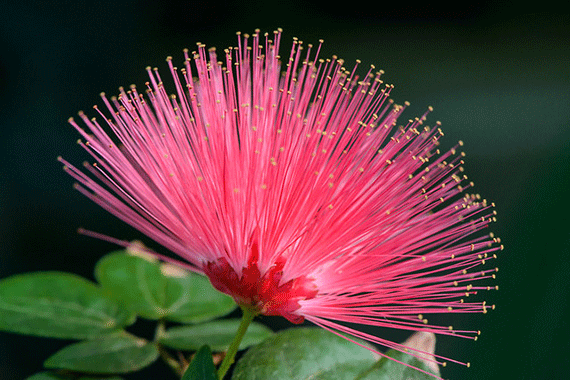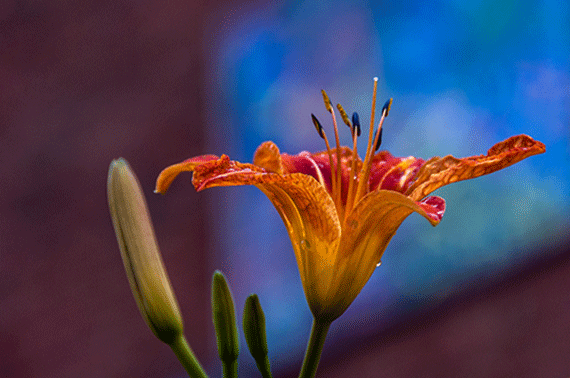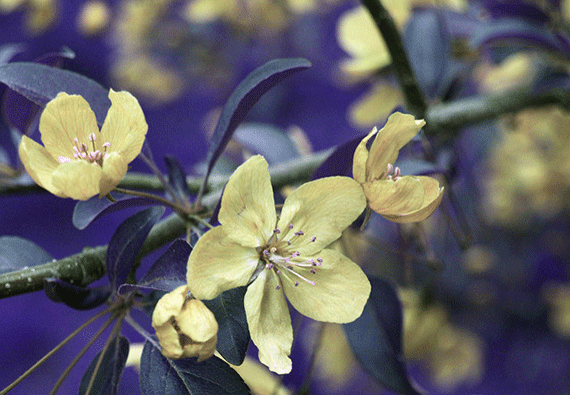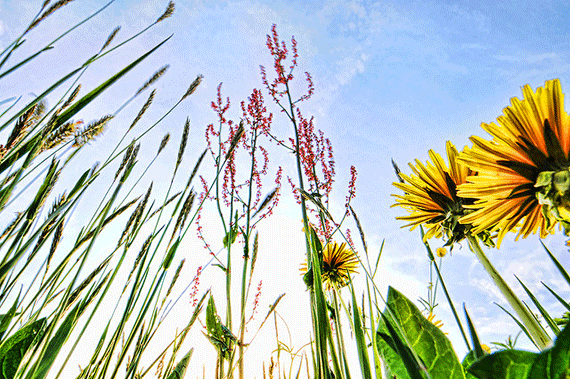There is no end to the number of beautiful flowers out there ready to be photographed. And what’s more wonderful is that they will keep blooming all summer and well into the fall. If you’re fortunate enough to live in a warmer climate, you could be photographing flowers outdoors well into the winter months–possibly year-round. Whether it’s a single bud, a single flower, a bouquet, a plant, a bush, or a blossoming tree, flowers are wonderful subjects to photograph. They’re not temperamental, they generally stay where you put them (or where they grow), they’re a great subject to experiment with, and they come in an array of vibrant colors.

Photo by Peter Miller; ISO 800, f/11.0, 1/50-second exposure.
Equipment
As with any task, being prepared is important. Gather your camera and accessories and choose the right camera bag for the equipment and the outing. If you plan on going to one location, such as an arboretum or perhaps a rose garden, take along your tripod, lenses, filters, and any other accessories you may need to spend the day making beautiful images. If your camera calls for them, make sure you have back-up batteries and extra memory cards, as well.
Tripod
The tripod really is an essential tool when photographing flowers. As you get closer to a subject, the slightest movement of the camera will greatly affect the outcome of the picture. It’s virtually impossible to hold the camera still enough to take a quality picture without the benefit of a tripod. It will be money well spent. There are small tripods compact enough to fit nicely in the right camera bag.
Focal Point
As with any photography, you need a focal point. A lush, pink rose bud just beginning to open on a graceful thorned stem. Or, maybe you’ve spotted a cheerful plant of daisies with bright yellow centers, but the focal point is the little red ladybug resting on one of the delicate white petals. Look carefully–there’s a lot to see.

Photo by Mark Fischer; ISO 400, f/5.6, 1/1000-second exposure.
Lighting
Lighting can be tricky, at times, depending upon where you’re shooting. It’s almost always preferable to head out with your camera bag in hand in the early morning to shoot your florals, for a number of reasons. The dew is still on the flowers, so you can get some very effective macro shots of droplet covered blossoms. The sun is not yet high in the sky, so your lighting will be more ideal, casting fewer harsh shadows. If you must shoot in midday, pack a diffuser in your camera bag to soften the harsh effects of the glaring sun.

Photo by Phil; ISO 200, f/5.6, 1/80-second exposure.
Perspective
Give careful consideration to your point of view. Shooting across the top of a field of yellow daffodils results in a breathtaking picture. Or, laying on the ground and taking a picture from beneath a cherry blossom tree in full bloom results in a picture of a lacy, pink cloud. Look outside the box. Pictures of beautiful bouquets and single stems are still the classics and should never be ignored, but try new, creative pictures. In addition to taking traditional still lifes, try taking a shot of a single bloom close up with just a portion of it in the picture.

Photo by Tambako The Jaguar; ISO 200, f/18.0, 1/40-second exposure.
Experiment. Have fun with it. Remember, flowers are excellent subjects. All you need is a quality camera bag with the right equipment, some leisure time, and the right season.
About the Author:
Suzanne VanDeGrift has developed this article for m-rock, manufacturer of user-friendly camera bags.
Like This Article?
Don't Miss The Next One!
Join over 100,000 photographers of all experience levels who receive our free photography tips and articles to stay current:






I use my underwater gear to take killer flower close-ups.
I use twin strobes on manual, quite close to the subject, and shoot at f22. f22 for best depth of field of course. Twin strobes provides nice light, but the biggest advantage is the way light drops off – the subject is lit vibrantly while the background is either darker or just black, ambient light not having that much of an impact.
Nikonos V, Ikelite Substrobes, extension tubes or close-up kit, and Velvia 100.
Great post! I love photographing flowers and this gave me some tips I’ve never thought of. I really enjoyed the Perspective section with the picture of the daisies.
You don’t talk much about equipment here :=l
This is a nice little article, but I must say that the photo by Steve Barr with the water drop refraction is manufactured. In real life those drops are like a camera lens without the benefit of mirrors. The sky should be on the bottom of the water drop.
Wonderful read :) lately I also am enjoying the company of flowers and have photographed a few. Have a look and let me know what you think.
http://designersvenue.co.in/blossom-a-photographic-flower-story/